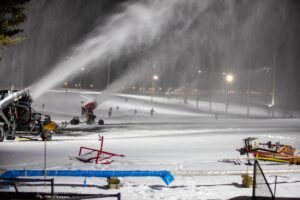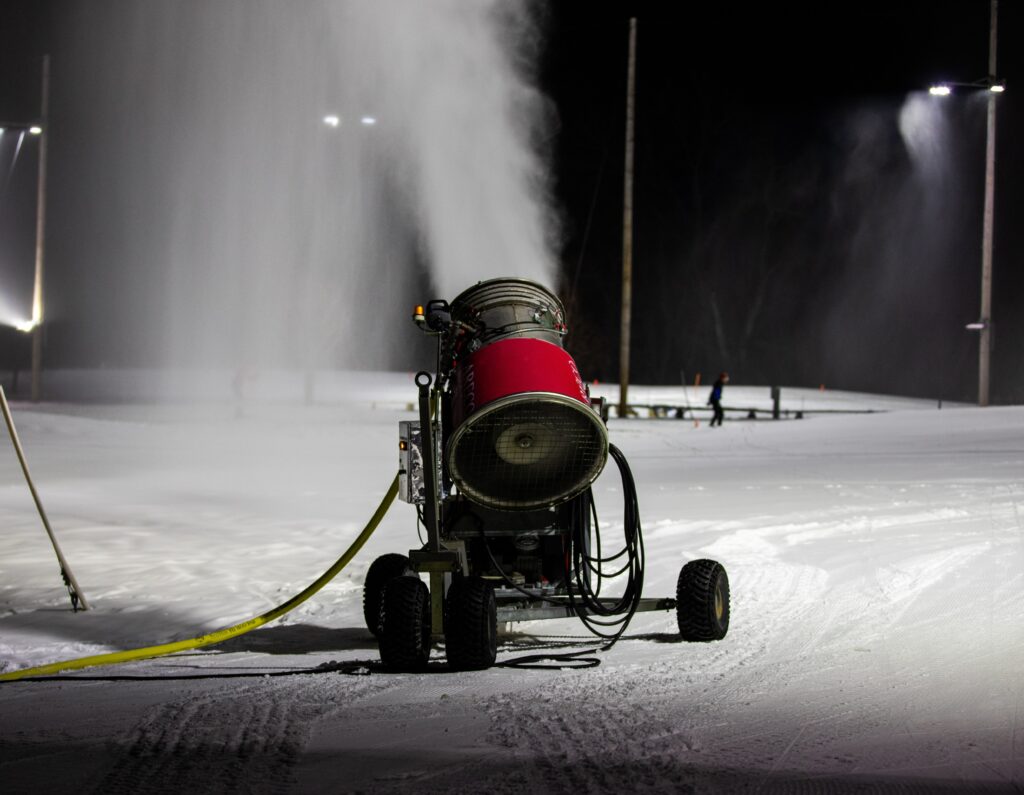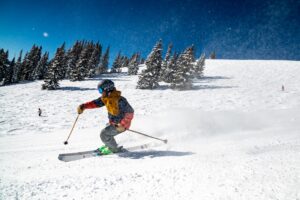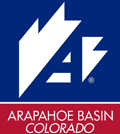The Science of Snow: How Snow Formation Enhances Your Skiing Experience
Imagine yourself gliding down a pristine, snow-covered slope, the crisp air brushing against your face as you carve elegant paths through fresh powder. Spoiler alert: This magical winter scene is not just the work of Mother Nature; it’s often crafted by the fascinating and intricate science of snowmaking. From the curious physics of ice crystals to the nifty gadgets that make it all possible, snowmaking isn’t just a science – it’s an art that enhances your experience on the slopes.
The Nitty-Gritty of Snowmaking
Snowmaking is a complex process involving water, air, and physics. Key factors include the state of water at varying temperatures and the concept of nucleation. Water doesn’t always freeze at 32°F (0°C) and can exist in supercooled states down to -40°F. Nucleation, the formation of a small ice nucleus or seed inside the liquid, is essential for the phase change from water to ice. In snowmaking, water droplets must freeze in the air before hitting the ground, requiring artificial nucleation sites.
If you’ve ever tried spraying water into cold air and ended up with a drenching rather than a winter wonderland, you’ve experienced the complexity of this process. In the natural world, the ground often plays matchmaker, introducing water droplets to nucleation sites. In the high-tech world of snowmaking, we can’t rely on Mother Nature’s matchmaking skills, so we create our own nucleation moments.
The Steps to Success
Four critical steps in snowmaking are:
- Producing water droplets of just the right size.
- Cooling these droplets below freezing.
- Providing nucleation sites.
- Ensuring they freeze mid-air.

Two primary methods of snowmaking exist:
- Compressed Air and Water Method: This method uses a combination of compressed air and water. The compressed air splits the water stream into fine droplets and propels them high into the sky, giving them time to freeze before they land. It’s a less expensive method but requires both air and water inputs.
- Airless Snow Gun Method: This method involves only water, using an electric fan to disperse the water into fine droplets. Known as an airless snow gun, it eliminates the need for compressed air but requires an electrical source for the fan.
The Perfect Climate for Snowy Shenanigans
For effective snowmaking, several atmospheric conditions are crucial, such as air temperature, wet bulb temperature, relative humidity, wind speed, and altitude. The wet bulb temperature is particularly significant, as it represents the cooling effect of evaporation. Lower wet bulb temperatures yield fluffier, higher-quality snow. At 100% relative humidity, the air and wet bulb temperatures are similar. However, as humidity decreases, so does the wet bulb temperature, with conditions in the teens being ideal for snowmaking.
Wind direction is also important, influencing where the snow lands. Higher and more angled snow guns give droplets more air time to freeze, enhancing efficiency. Ideal snowmaking conditions require a combination of sufficiently cold and dry air. The best conditions are often found away from oceans, like the Midwest’s mountainous regions. However, we can mimic these conditions elsewhere with a surge of cold air and high pressure bringing in dry weather.
 As you zip down the slopes, carving your path through the snow, take a moment to appreciate the science and effort behind each flake. The snow under your skis isn’t just frozen water; it’s a masterpiece of meteorology, physics, and engineering. Whether it’s the dance of droplets in the air or the careful calibration of temperatures and humidity, snowmaking is an art form that transforms winter sports, making every glide and turn a delightful dance with science.
As you zip down the slopes, carving your path through the snow, take a moment to appreciate the science and effort behind each flake. The snow under your skis isn’t just frozen water; it’s a masterpiece of meteorology, physics, and engineering. Whether it’s the dance of droplets in the air or the careful calibration of temperatures and humidity, snowmaking is an art form that transforms winter sports, making every glide and turn a delightful dance with science.
Featured Resorts

Killington Resort

Pico Mountain

Mammoth Mountain

Palisades Tahoe

Arapahoe Basin

Aspen Snowmass

